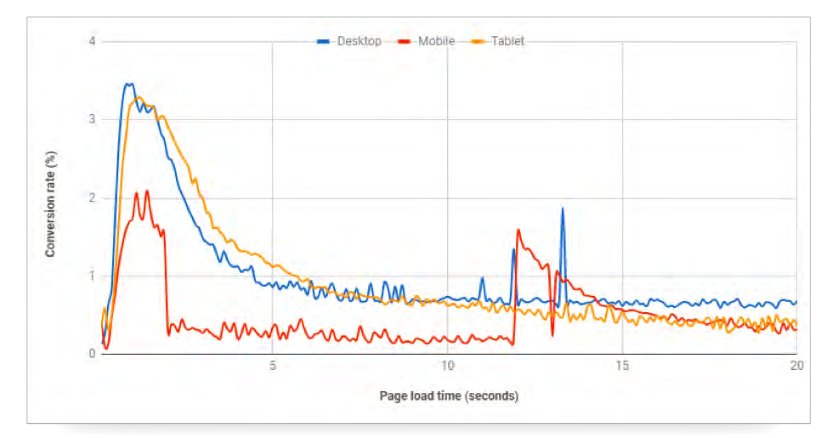
In the past six months, Internet usage in the Asia Pacific region has increased by a range of 7% to 40%.
During this time, mainstream media has focused significant attention on the state of Internet infrastructure and its ability to meet the needs of an expanding remote workforce, education and telemedicine. Outages, accessibility to underserved populations and questions as to whether the Internet can handle the Everything From Home (XFH) demand, which is in addition to the anticipated demand created by the deployment of 5G, cloud and IoT, are continually making the headlines.
That said, the Internet has in its short existence shown that it has an innate ability to accommodate such growth, part of which can be attributed to the recent uptake of IPv6. The problem though, is the speed of this uptake.
Our research at Saatvik Advisors indicates only 25% of the US Fortune 1,000 companies have acquired IPv6 address blocks from ARIN and that percentage hasn’t changed in two years. The impact of this delay is high and in this recessive economic environment could slow further unless we convince decision-makers of the opportunity.
So how can infrastructure professionals use the unexpected explosion in Internet demand to pitch a business case for IPv6 to enterprise decision-makers?
The time for crossing the IPv6 chasm is now
It’s fair to say that we’ve hit a chasm between IPv6-enabled service providers and enterprise.
Carriers, operating services and mobile devices are ready and waiting while enterprise is still lagging, creating a chasm between the two.
If you’ve haven’t had the chance to read “Crossing the Chasm”, by Geoffrey A. Moore, it’s a playbook for identifying and defining strategies for marketing technical products.
While IPv6 is not a technical product as such, there are parallels we can leverage to move the IPv6 adoption needle.
To do so we need to convince decision-makers in additional domains (marketing, finance, executive suite, and so forth) and industries (retail, finance, transportation, healthcare, and so forth), to adopt IPv6. The Internet is a critical tool for them, however, not their core business. No longer can IT count on being the only driver and sponsor of IPv6 adoption initiatives in these industries.
Talk about what executives care about
Cisco, in its 2020 Networking Trends, introduced five new infrastructure roles, one of which, Business Translator, you can leverage in crossing the chasm. You might not formally be in this named role, but you can easily add the skills to your existing role.
Executives care about brand value, revenue and market/strategic advantage. We need to translate the business value of IPv6 into specific and quantifiable business cases that directly speak to these three top executive priorities. We need to refine our message from a derived value argument to a direct value argument.
Although IPv6 adoption doesn’t generate revenue directly, we need to show how it can facilitate the incremental increase in revenue. Performance and scalability are key characteristics of IPv6, which can have a positive impact on revenue.
Read: Focusing the dating pool for IPv6
E-commerce is a revenue generator leveraged by most industries. Two key performance indicators for e-commerce is conversion rate and cart abandonment. Conversion rate measures how many clicks are converted into revenue. To have this conversation with Chief Marketing Officers, we need to know conversion rate trends, times for cart abandonment, the annualized cost of slower web performance as well as improved performance over IPv6 connections.
There is ample and growing research for quantifying the annualized loss in revenue due to slow Internet speeds. MetalToad has estimated the annualized/per second cost of delay to be USD 285K.
Now that we know how much a second of delay costs, how long does it take for a user to abandon your site for a competitor? Akamai, in its 2017 State of Online Retail Performance Holiday, provided the impact of page load times to conversion.

Even in 2015, users were abandoning pages for mere 250ms of delay. Based on IPv6-IPv4 RTT differences tracked, while there are exceptions, it’s clear IPv6 can provide sufficient incremental improvement in web performance to reduce page load times and cart abandonment; thereby recapturing quantifiable lost revenue.
Similar business cases can be made for digital marketing and the improvements in geolocation provided by IPv6 over IPv4, according to MaxMind’s accuracy calculator as well as the high value of incremental performance improvements of the financial markets.
Strike now while they’re listening
IPv6 is foundational to the success of the ‘New Internet’. It’s scalability, security and performance benefits demand to be translated into brand value, revenue and market/strategic advantage.
There will not be a single driver for adoption, so our ability to ‘cross the chasm’ is dependent on reaching strategic decision-makers and making a strong adoption argument based on the specific and quantifiable value of IPv6 to your business model. The data necessary to calculate the value to enterprise financials and make this argument is available with a bit of effort.
Take advantage of the pandemic impact and while the Internet is front and centre for strategic decision-makers. We have something to say, it’s time to translate it. They’re listening.
E. Marie Brierley is the Founder and CEO of Saatvik Advisors, an IPv6 consulting firm.
The views expressed by the authors of this blog are their own and do not necessarily reflect the views of APNIC. Please note a Code of Conduct applies to this blog.
